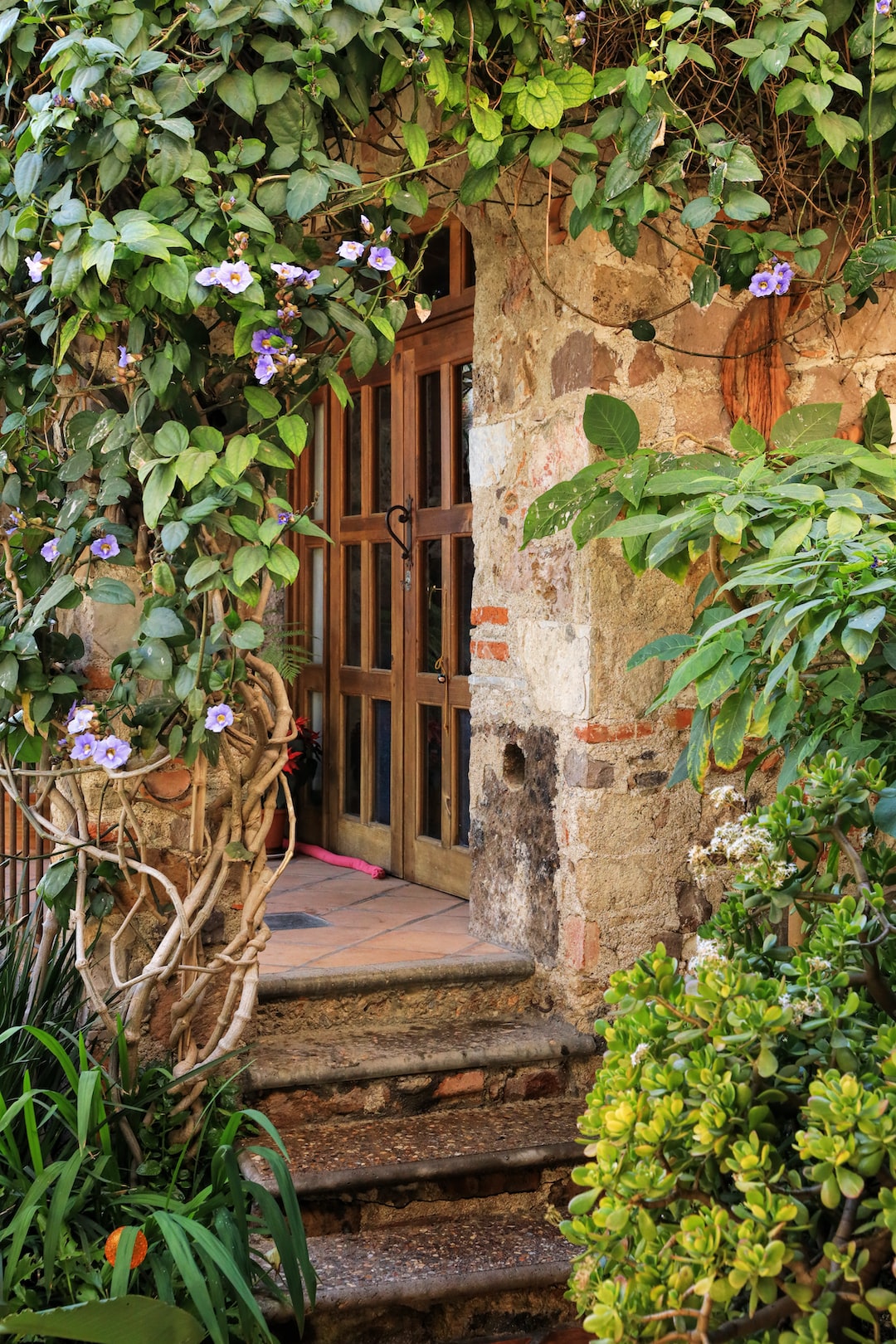Herb gardens are a wonderful addition to any home, whether you have a large backyard or a small balcony. Not only do they provide you with fresh and flavorful spices, but they also add beauty and fragrance to your surroundings. If you’re a food enthusiast or someone who simply loves the idea of having a thriving garden, starting your own herb garden is a great way to go. In this post, we’ll guide you through the process of starting a herb garden so you can enjoy fresh spices at home.
1. Choose the Right Location: The first step in starting a herb garden is to find the perfect spot. Most herbs thrive in sunny locations, so look for an area in your yard or balcony that receives at least 6 hours of direct sunlight each day. If you don’t have a suitable outdoor space, don’t worry! You can also grow herbs indoors by placing them near a sunny window.
2. Prepare the Soil: Once you’ve found the ideal location, it’s time to prepare the soil. Herbs prefer well-draining soil, so make sure to amend it with organic matter like compost or aged manure. This will improve the soil structure and provide essential nutrients for your plants to grow.
3. Select Your Herbs: Now comes the exciting part – choosing which herbs to grow! Consider both your culinary preferences and the specific growing requirements of each herb. Popular and easy-to-grow options include basil, parsley, mint, rosemary, thyme, and cilantro. However, feel free to experiment with other herbs that pique your interest.
4. Start from Seeds or Seedlings: You can either start your herb garden from seeds or buy seedlings from a local nursery. Starting from seeds gives you more control over the entire process, but it takes longer to see results. If you prefer faster gratification, opt for seedlings instead. Whichever method you choose, be sure to follow the instructions on the seed packets or consult with experts for proper planting techniques.
5. Planting and Care: Once you have your seeds or seedlings, it’s time to plant them in the garden or suitable containers. Ensure that you leave enough space between each plant, allowing them room to grow. Water your herbs regularly, keeping the soil moist but not waterlogged. Overwatering can lead to root rot, while underwatering can cause wilting and hinder growth. Also, be sure to provide support like stakes or tomato cages for herbs like basil, which tend to grow taller and bushier.
6. Harvesting and Pruning: As your herbs grow, you’ll soon be able to enjoy their fresh flavors and aromas. Harvest your herbs regularly by snipping off the top leaves when they reach a suitable size – this promotes bushier growth. Pruning also helps maintain the shape and health of your plants. Remember that herbs are meant to be enjoyed, so don’t be afraid to use them liberally in your cooking or homemade teas.
7. Protect from Pests: Like any other garden, herb gardens are susceptible to pests. Keep an eye out for common culprits like aphids and caterpillars. Fortunately, there are many natural remedies to control these pests, such as neem oil or companion planting with marigolds, which repel insects.
8. Overwintering: Some herbs are perennials, meaning they can survive through the winter and continue to produce the following year. However, others are annuals, which complete their life cycle within one year. To ensure the longevity of your herb garden, research the specific needs of your herbs and follow proper overwintering techniques.
Starting a herb garden is not only a rewarding experience but also a sustainable way to enjoy fresh flavors year-round. With a little patience, care, and attention to detail, you can create a thriving herb garden that will enhance your culinary adventures and home atmosphere. So, let’s get started and indulge in the pleasure of growing and savoring your very own homegrown spices.

